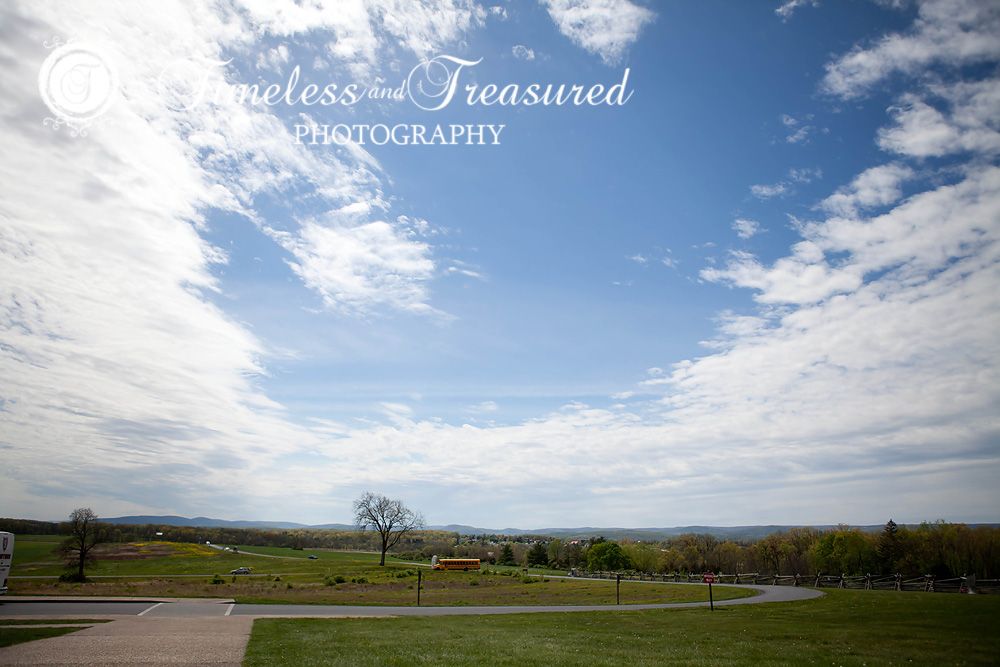Two of my very good friends became grandmothers this week. I think that means I'm officially getting old.








 In a concert including live illustrations and narration, the Baltimore Symphony Orchestra invites families to experience French author Jean de Brunhoff’s Babar the Elephant in a whole new way at the Joseph Meyerhoff Symphony Hall. This concert will feature the talents of conductor Cristian Macelaru, award-winning cartoonist Angie Jordan and beloved narrator Rheda Becker. While Ms. Jordan illustrates the story live onstage, the BSO will perform lively, lighthearted music by French composer Francis Poulenc. Orchestral instruments will reveal the many different characters found in Babar’s journeys as he strives to do what is best for every creature in the animal kingdom.
In a concert including live illustrations and narration, the Baltimore Symphony Orchestra invites families to experience French author Jean de Brunhoff’s Babar the Elephant in a whole new way at the Joseph Meyerhoff Symphony Hall. This concert will feature the talents of conductor Cristian Macelaru, award-winning cartoonist Angie Jordan and beloved narrator Rheda Becker. While Ms. Jordan illustrates the story live onstage, the BSO will perform lively, lighthearted music by French composer Francis Poulenc. Orchestral instruments will reveal the many different characters found in Babar’s journeys as he strives to do what is best for every creature in the animal kingdom.

 The kids were completely mesmerized! We were in the absolute FRONT row so we had a great view of the illustrations, but really couldn't see many of the instruments - just their feet! (and up their nostrils)!
The kids were completely mesmerized! We were in the absolute FRONT row so we had a great view of the illustrations, but really couldn't see many of the instruments - just their feet! (and up their nostrils)!









 Banana and her 6th grade class visited the battle fields of Gettysburg this week as they are studying American History. Standing at this monument the recited the Gettysburg Address - one of my favorite things about our classical school is the way they can memorize important documents from history and then go visit these places where the history actually took place and recite them. I love that we live in an area so rich in our nation's history.
Banana and her 6th grade class visited the battle fields of Gettysburg this week as they are studying American History. Standing at this monument the recited the Gettysburg Address - one of my favorite things about our classical school is the way they can memorize important documents from history and then go visit these places where the history actually took place and recite them. I love that we live in an area so rich in our nation's history.
 "Four score and seven years ago our fathers brought forth on this continent a new nation, conceived in liberty, and dedicated to the proposition that all men are created equal. Now we are engaged in a great civil war, testing whether that nation, or any nation, so conceived and so dedicated, can long endure. We are met on a great battle-field of that war. We have come to dedicate a portion of that field, as a final resting place for those who here gave their lives that that nation might live. It is altogether fitting and proper that we should do this. But, in a larger sense, we can not dedicate, we can not consecrate, we can not hallow this ground. The brave men, living and dead, who struggled here, have consecrated it, far above our poor power to add or detract. The world will little note, nor long remember what we say here, but it can never forget what they did here. It is for us the living, rather, to be dedicated here to the unfinished work which they who fought here have thus far so nobly advanced. It is rather for us to be here dedicated to the great task remaining before us—that from these honored dead we take increased devotion to that cause for which they gave the last full measure of devotion—that we here highly resolve that these dead shall not have died in vain—that this nation, under God, shall have a new birth of freedom—and that government of the people, by the people, for the people, shall not perish from the earth."
"Four score and seven years ago our fathers brought forth on this continent a new nation, conceived in liberty, and dedicated to the proposition that all men are created equal. Now we are engaged in a great civil war, testing whether that nation, or any nation, so conceived and so dedicated, can long endure. We are met on a great battle-field of that war. We have come to dedicate a portion of that field, as a final resting place for those who here gave their lives that that nation might live. It is altogether fitting and proper that we should do this. But, in a larger sense, we can not dedicate, we can not consecrate, we can not hallow this ground. The brave men, living and dead, who struggled here, have consecrated it, far above our poor power to add or detract. The world will little note, nor long remember what we say here, but it can never forget what they did here. It is for us the living, rather, to be dedicated here to the unfinished work which they who fought here have thus far so nobly advanced. It is rather for us to be here dedicated to the great task remaining before us—that from these honored dead we take increased devotion to that cause for which they gave the last full measure of devotion—that we here highly resolve that these dead shall not have died in vain—that this nation, under God, shall have a new birth of freedom—and that government of the people, by the people, for the people, shall not perish from the earth."











 This painting was unbelievable!
The "Cyclorama" was a very popular form of entertainment in the late 1800's, both in America and Europe. These massive oil-on-canvas paintings were displayed in special auditoriums and enhanced with landscaped foregrounds sometimes featuring trees, grasses, fences and even life-sized figures. The result was a three-dimensional effect that surrounded the viewers who stood on a central platform, literally placing them in the center of the great historic scene. Most cycloramas depicted dramatic events such as great battles, religious epics, or scenes from great works of literature. Hundreds were painted and exhibited in Europe and America during the 1800's, yet most were lost or destroyed as their popularity died out with the introduction of a more entertaining art form, motion pictures.
The "Battle of Gettysburg" Cyclorama at Gettysburg National Military Park is one that has survived. This fantastic painting brings the fury of the final Confederate assault on July 3, 1863 to life, providing the viewer with a sense of what occurred at the battle long touted as the turning point of the Civil War.
The culmination of the battle was captured on canvas by the French artist Paul Philippoteaux, a professional cyclorama painter and artist. Philippoteaux was not present at Gettysburg, but came to the United States in 1879 when he was hired by a group of entrepreneurs to paint this monumental work for a special display in Chicago. Philippoteaux arrived in Gettysburg in 1882 armed with a sketchbook, pencils, pens, and a simple guide book to help him locate the site of the climactic charge. The artist spent several weeks on the battlefield, observing details of the terrain and making hundreds of sketches. To help him recall the landscape with accuracy, Philippoteaux hired a Gettysburg photographer to produce a series of panoramic photographs for his use. These images are some of the earliest detailed photographs of Cemetery Ridge, the Angle and the "High Water Mark", and the field of Pickett's Charge. Philippoteaux was also lucky enough to interview a number of veterans of the battle, who helped with suggestions on how to depict the chaos of battle.
This painting was unbelievable!
The "Cyclorama" was a very popular form of entertainment in the late 1800's, both in America and Europe. These massive oil-on-canvas paintings were displayed in special auditoriums and enhanced with landscaped foregrounds sometimes featuring trees, grasses, fences and even life-sized figures. The result was a three-dimensional effect that surrounded the viewers who stood on a central platform, literally placing them in the center of the great historic scene. Most cycloramas depicted dramatic events such as great battles, religious epics, or scenes from great works of literature. Hundreds were painted and exhibited in Europe and America during the 1800's, yet most were lost or destroyed as their popularity died out with the introduction of a more entertaining art form, motion pictures.
The "Battle of Gettysburg" Cyclorama at Gettysburg National Military Park is one that has survived. This fantastic painting brings the fury of the final Confederate assault on July 3, 1863 to life, providing the viewer with a sense of what occurred at the battle long touted as the turning point of the Civil War.
The culmination of the battle was captured on canvas by the French artist Paul Philippoteaux, a professional cyclorama painter and artist. Philippoteaux was not present at Gettysburg, but came to the United States in 1879 when he was hired by a group of entrepreneurs to paint this monumental work for a special display in Chicago. Philippoteaux arrived in Gettysburg in 1882 armed with a sketchbook, pencils, pens, and a simple guide book to help him locate the site of the climactic charge. The artist spent several weeks on the battlefield, observing details of the terrain and making hundreds of sketches. To help him recall the landscape with accuracy, Philippoteaux hired a Gettysburg photographer to produce a series of panoramic photographs for his use. These images are some of the earliest detailed photographs of Cemetery Ridge, the Angle and the "High Water Mark", and the field of Pickett's Charge. Philippoteaux was also lucky enough to interview a number of veterans of the battle, who helped with suggestions on how to depict the chaos of battle.


 Little Round Top.
Little Round Top.







